The System of Eight Tones
Both Oriental and Occidental cultures have recognized the existence and significance of eight “modes”” or “tones” in the development of their music. The word “echos” is a technical term that is used on Greek and Byzantine music; it has been translated as “tone”, “mode”, or “modality”, even though its precise meaning is “sound”. The origin for the concept of dividing the chants into eight modal units is an unresolved question, and one that seems to have originated in Greek antiquity, but perhaps was borrowed from even earlier cultures.
The East and West understood modality in two radically different ways. In the Latin West, the term is associated with different kinds of octaves, i.e. a collection of scales – major and minor – and the ecclesiastical or church modes, derived in theory from classical Greek musical theory. In the Greek East, the “echos” (Tone) originated in Greek antiquity where the type of scale was based on a particular mood or “ethos”. As the ancient Greek culture declined and the Byzantine culture took its place, the ancient musical theories and practices were superseded by a system of Tones where each Tone of the eight-tone system consists of a great number of melodic formulae/patterns. Any given chant melody combines these melodic patterns to suit the text.
When the chants were brought into Russia following the nation’s conversion to Christianity in 988 AD, these basic concepts of singing according to the Tones were preserved. Within the pre-Nikonian tradition, there are a number of chanting systems, one of which is the Znamenny Chant that exists to the present day in a limited number of parishes throughout the world.
